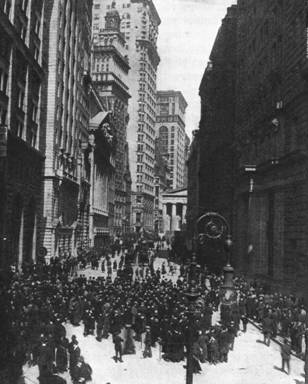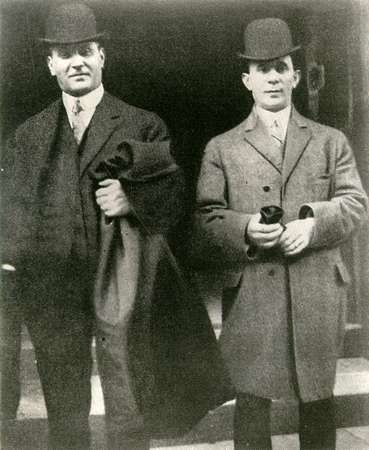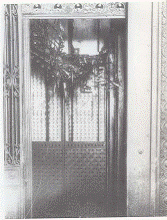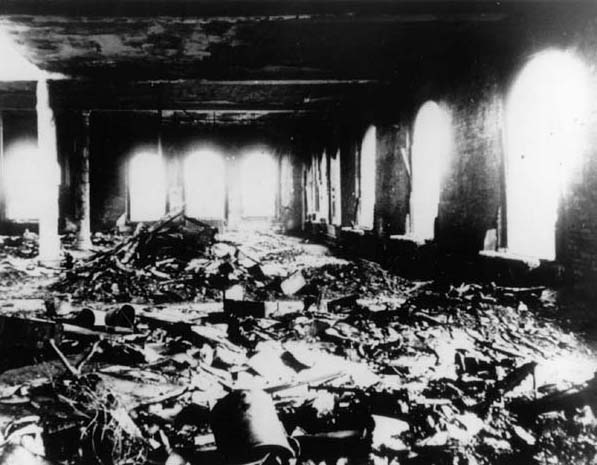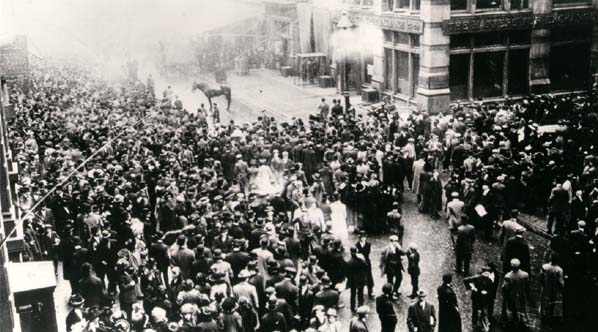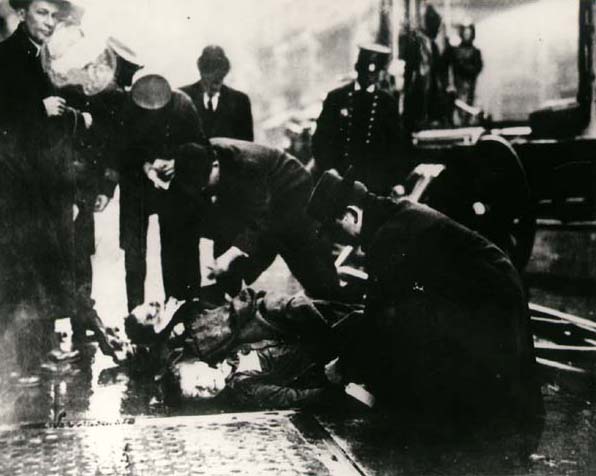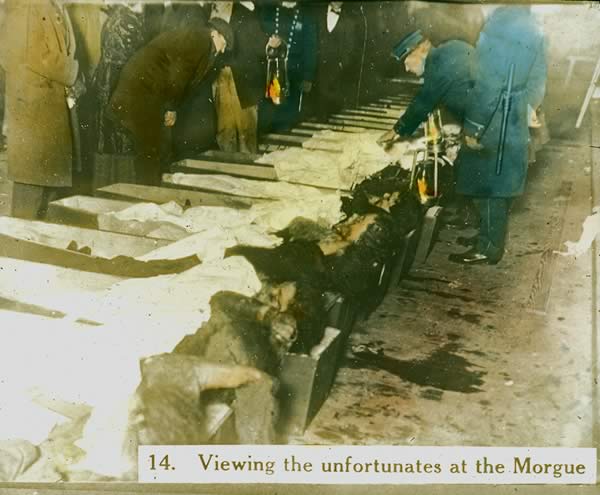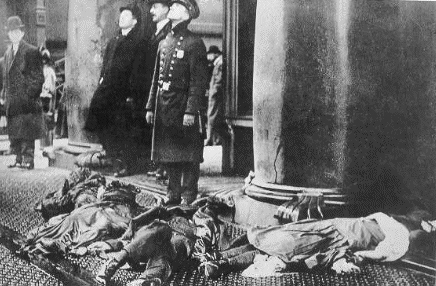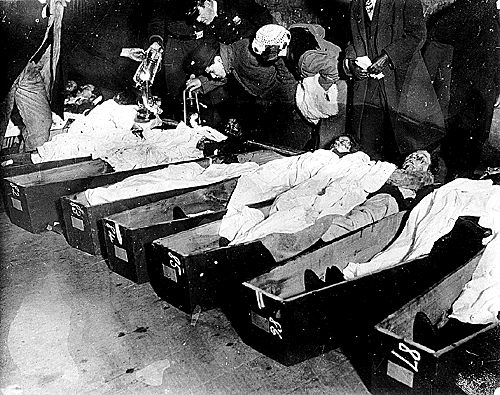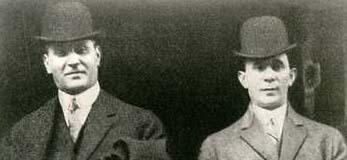Part 4From The Peopling of New York CityClick here for some good links Links Page
New York CityWhat happens when all the power of the city is limited to a few in society, this could include a group that is racially, religiously, economically, or even politically discriminating everyone else in society? What if this group was predominantly male and wealthy? Well, as I have come to agree with both Reitano, the author of Restless Ciy, and Von Drehle, the author of Triangle, you get a corrupt government or city with extreme violence, intense riots, unbalanced distribution of wealth, poverty, disease and illness, and many miserable poor folks seeking something they are not allowed to achieve-comfort. Comfort could mean wealth, status, power, or it could mean a simple and easy life with all one’s needs. Comfort definitely didn’t happen in the very late 1800s early 1900s for the millions of people living in New York City. The City of Ambition in “The Restless City” and the first three chapters of Triangle is about the struggles women, African Americans, and other minorities experienced in order to defend freedom, refine corruption, and establish a system to protect the future of their generations. Jacob Riis exemplifies the conditions of living in the slums. Riis showed society the filthy and harshness that the lower class, particularly the immigrants, faced in N.Y. Riis urged for reform and many higher-class individuals tried to help. Riis also brought up the idea that whenever newer waves of immigrants came to the city, the senior immigrants of the city didn’t want them. This leads to violence and unfair discrimination. The eat, work, and vote riots were entirely organized by women. Women went on riots when hunger struck and the price of food was too high the. Women went on strikes when working conditions and wages were bad. The most important reason of organizing suffrage riots was for women to get more power in the government and setting laws. The riots for improving work for women are further explained in the Triangle. The thesis of Triangle is to revisit the fire that changed America, including the role of Women in society. Women faced many troubles in the city. They overworked and were paid unfairly. They couldn’t acquire good education. So, the riots represented the “clashing of the old (ideas) against the new.” The first three chapters of this book concentrates on many aspects of living in N.Y. including the very harsh working conditions many women were in. The women strikes began from the mistreatment of Triangle employers. Wages were low and working hours were extremely long. Even though there are many downs about N.Y. during these hard times there is also one good thing to keep in mind. People were very involved with what happened in the city. When something was not right people would gather and organize riots and protests to reform the corrupt conditions. When the strikes began the city was not only divided by race and political affiliations, it became divided between workers and bosses. It seems it was a small internal war within N.Y. Von Drehle argues that corrupt police also became a central issue in reform.
The demon, The law, and the uglyThe demon is the selfish desire of the human nature. Humans naturally tend to seek wealth, power and status. People would do this by any means. Some people would work hard and achieve success. Others cheat and lie to succeed. Furthermore, some would do anything, no matter how atrocious, to achieve their goals. Blanck and Harris are two individuals who cheated the law, people, workers and probably customers to gain wealth. They were so interested in making money that they lost their humanity. They had no humane concern for their workers, as it is evident in the story. They basically locked their workers in to death. It was also believed that the two owners were notorious for burning down their factories in order to collect insurance money. Some believe that the Triangle fire was a plan that went completely wrong. It is surprising that Blanck froze during the evacuation, as mentioned by Bernstein the manager. What happened to him? What was going through his mind? Why was it overwhelmingly strong to make him lose his consciousness? He was either afraid of what happened, a plan that went all wrong or he finally realized the mistake he made for locking doors. He was going to be responsible and so was his partner. But, how would he save himself from this?
The ugly is all the troubles the poor immigrants and discriminated face living in the city. In the case of the Triangle factory, the workingwomen and men where the ones who suffered for the greed (demon) of others and uselessness of laws. 146 people died in the fire and only their death brought reform to the society.
The Fire
In the late 1800s Russia acquired large populations of Jewish people by conquering Eastern European Countries such as Poland and Ukraine. Discrimination against the Jews began under the Czar Alexander. The Czar limited the number of Jews who could study in Universities and acquire professional jobs such as lawyers or doctors. Jews were also restricted to live in certain areas. Gangs would beat up or kill Jews, steal from their property and burn their homes and stores [2] This system of hatred was called the pogroms. The government did nothing to protect the Jewish communities. Instead, more violence was encouraged by propagating false accusations against the Jewish society. Many Jews fled the country and many ended up in America where they also faced hardships but they were a lot safer. Joyful Jewish immigrants sent news back to Russia “There is no czar in America.” [3]
The immigrants
William Shepherd said, “the floods of water from the firemen’s hose that ran into the gutter were actually stained red with blood. I looked upon the pile of dead bodies and I remembered these girls were the shirtwaist makers. I remembered their great strike of last year in which these same girls had demanded more sanitary conditions and more safety precautions in the shops. These dead bodies were the answer.” He looks at officer Meehan tagging a body and asks “Is it a man or a woman?” and Meehan replies, “It’s human, that’s all you can tell.” [6] The more difficult part of the story to track is the lives of immigrants who were yet not naturalized. To find anything valuable about their lives requires searching for artifacts that even historians can't easily dig up. Here is the list of immigrants who were too hard to find.
The content on this page is only for educational purposes. Material was taken from the web Cornell University "Triangle" web site. If you would like to see more images please visit Cornell's web site.
This image was found at http://www.law.umkc.edu/faculty/projects/ftrials/triangle/trianglefire.html
Location : New York, NY Date : March, 1911 Agency : WPA Credits : Brown Brothers Owner : FDRL Medium : B&W Photo Control Number : Photographs (General): Triangle Fire
References
|
